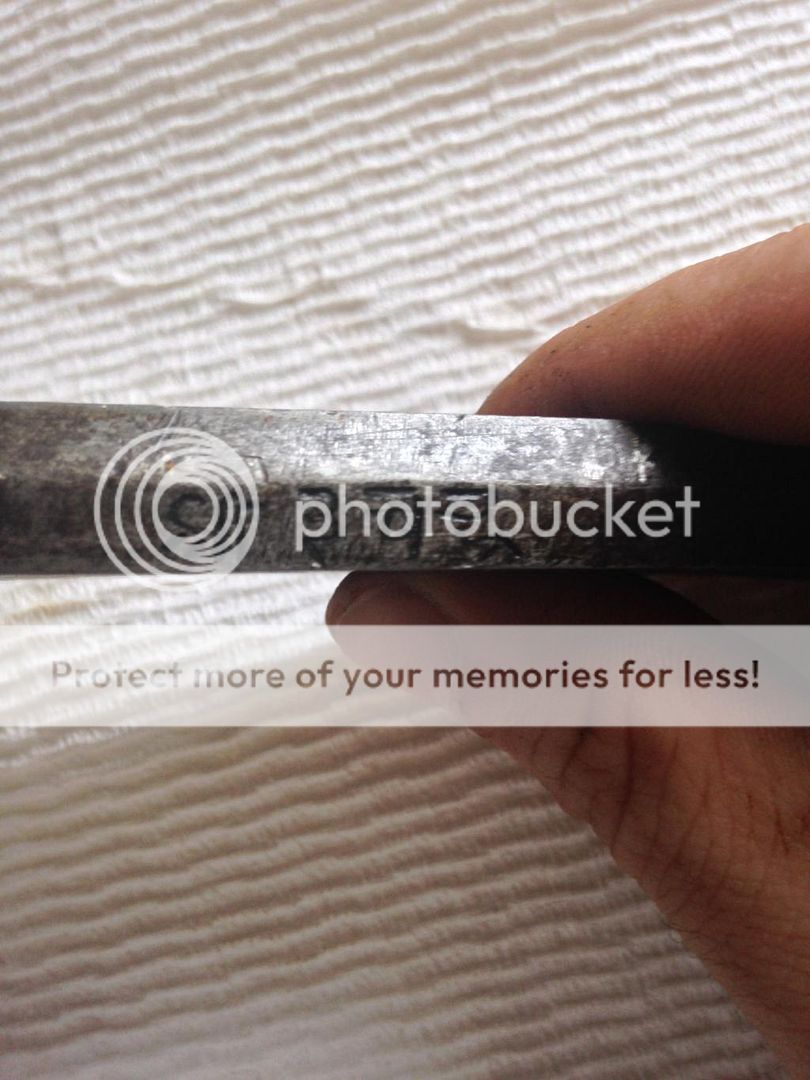- Joined
- Mar 26, 2009
- Messages
- 2,228
Bookie, I had forgotten about poured work. Won't stabilize the wood as much but much easier.
If you pin it (and I would-I didn't get to see any sword demos when I lived in Japan because somebody hadn't checked their mekugi, and nailed somebody's kid to the bleachers )-pin it at the very tip of the tang, and due respect to Karda I wouldn't use hardened steel-it's a safeguard, not your first line of attachment, and I think it should be pretty ductile. Just there if the adhesive fails. That being said, I wouldn't hit anything above 1" or so-and that with a sharp edge and good technique.
)-pin it at the very tip of the tang, and due respect to Karda I wouldn't use hardened steel-it's a safeguard, not your first line of attachment, and I think it should be pretty ductile. Just there if the adhesive fails. That being said, I wouldn't hit anything above 1" or so-and that with a sharp edge and good technique.
If you pin it (and I would-I didn't get to see any sword demos when I lived in Japan because somebody hadn't checked their mekugi, and nailed somebody's kid to the bleachers




